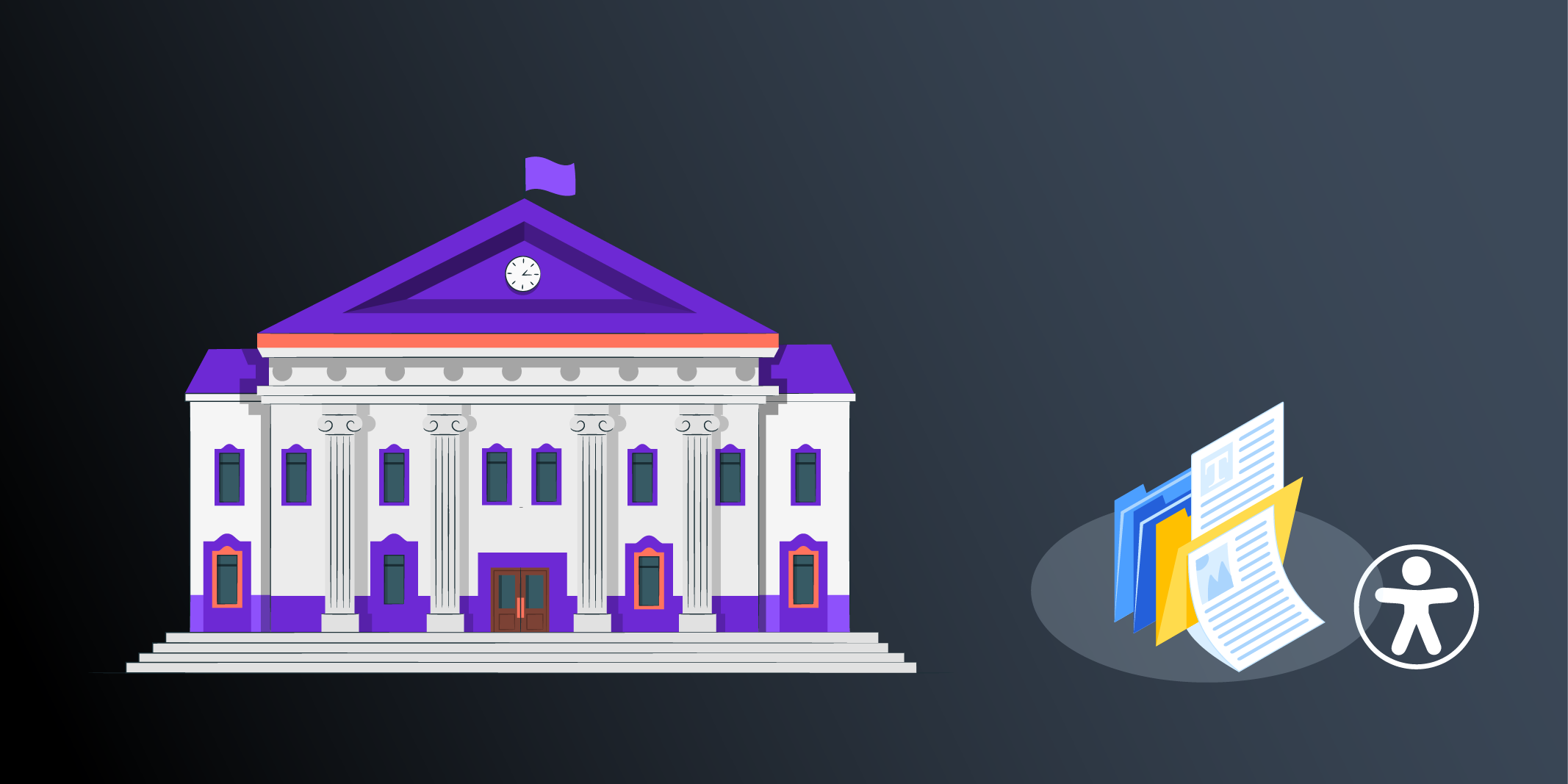Invisible. Inaudible. Inaccessible. After decades of digital documentation, a prominent healthcare provider faced a reckoning.
The healthcare industry, bound by stringent regulations and the need for confidentiality, often lagged in document accessibility. This oversight led to a disconnect with patients who relied on assistive technologies, undermining the very essence of care and service. With patient satisfaction and compliance on the line, a paradigm shift was imperative.
Enter Documenta11y: a beacon of innovation with a strategic blueprint for inclusivity. The mission was clear—transform how information is shared by making it accessible to all.
“We’ve shifted from compliance as an afterthought to accessibility as a cornerstone of patient care,” remarked a Documenta11y consultant.
The Journey to Accessible Healthcare Documents
The journey began with a comprehensive audit of existing documentation. The healthcare provider’s commitment to patient care was unquestionable, but their documents told a different story. Documenta11y’s team meticulously identified gaps in accessibility, setting the stage for a sweeping overhaul.
Empowering Patients Through Accessible Documents
The transformation was rooted in empathy and efficiency. Documenta11y introduced a robust framework for creating accessible documents, ensuring that every patient, regardless of ability, could access vital health information. This focus on inclusivity extended to a range of patient-facing documents:
- Medical Records: No more navigating complex PDFs with lengthy text blocks. Documenta11y added clear descriptions for images (X-rays, scans) and ensured screen readers could understand tables and charts through proper tagging.
- Patient Intake Forms & Registration Packets: Filling out forms should be a breeze, not a hurdle. Documenta11y implemented keyboard navigation, added clear form labels, and ensured proper color contrast for effortless completion.
- Lab Results & Test Results: Dense spreadsheets and poorly formatted PDFs became a thing of the past. Documenta11y converted these documents to accessible formats, utilized clear descriptions for data visualizations, and improved overall document structure for clarity.
- Billing Statements & Educational Materials & Brochures: Understanding medical bills and learning about healthcare should be accessible to all. Documenta11y tackled these documents as well, simplifying layouts, presenting information clearly, and ensuring accessible elements for a seamless experience.
Beyond Patient-Facing Documents: Fostering Inclusivity Throughout
Documenta11y’s impact extends far beyond patient-facing documents. They ensure internal documents, like clinical trial documentation and staff training materials, are also accessible. This fosters a culture of inclusivity within healthcare institutions, empowering staff to deliver exceptional care to everyone.
The Documenta11y Difference: Measurable Results and a Lasting Legacy
The data spoke volumes. Within a year, patient engagement metrics soared, and the healthcare provider was hailed as a trailblazer in accessible patient communication.
As Documenta11y charts the course for the next decade, the healthcare provider stands as a testament to the transformative power of accessibility. No longer an afterthought, accessibility has become synonymous with care, setting a new standard for the industry at large.



